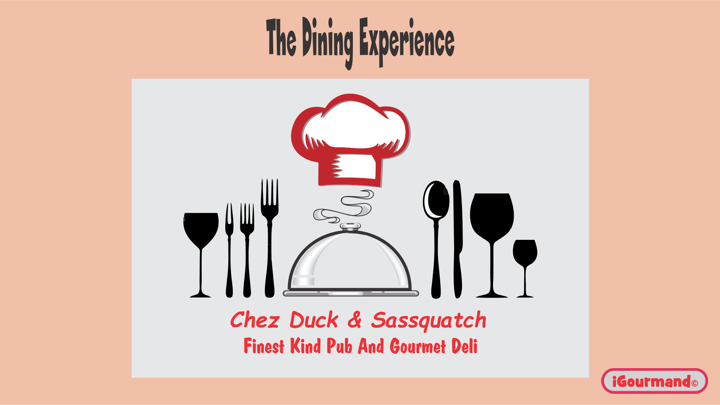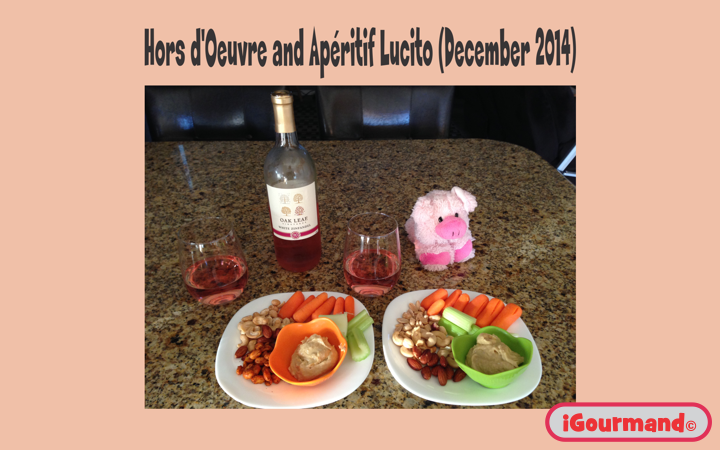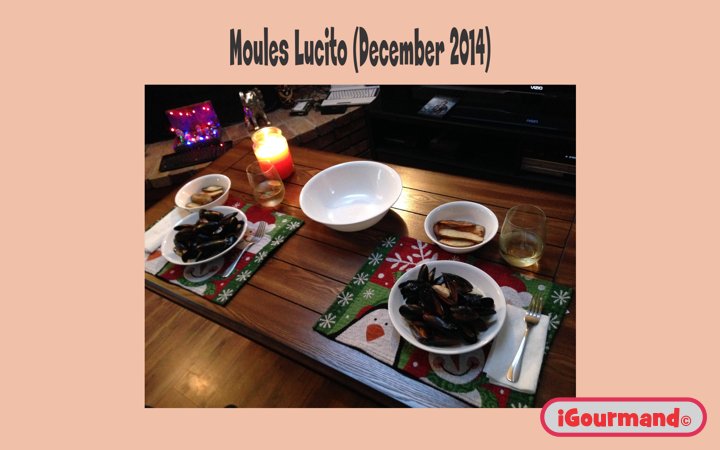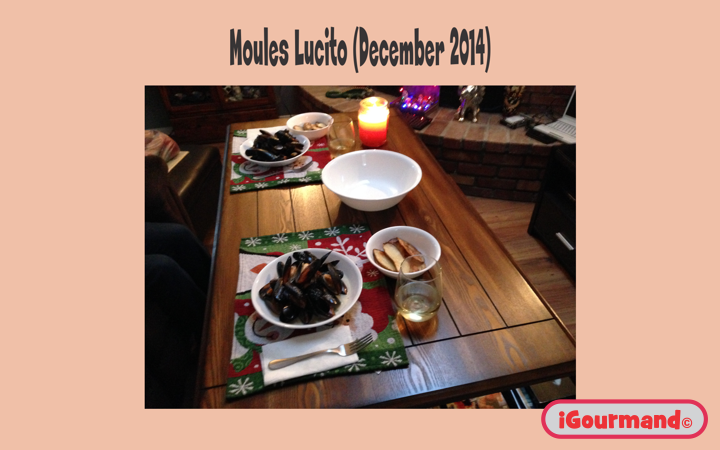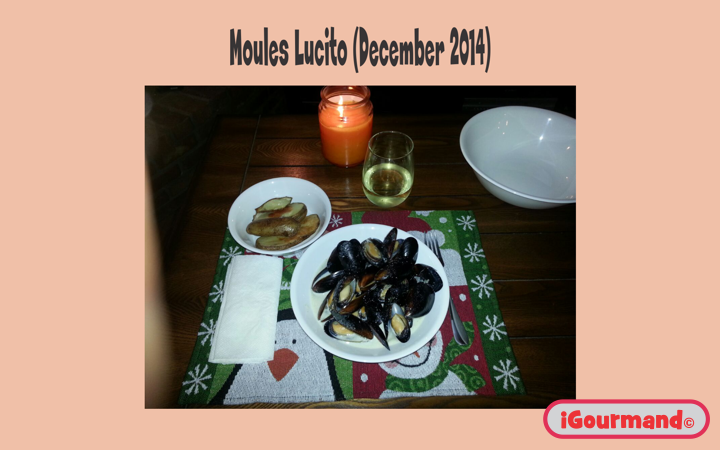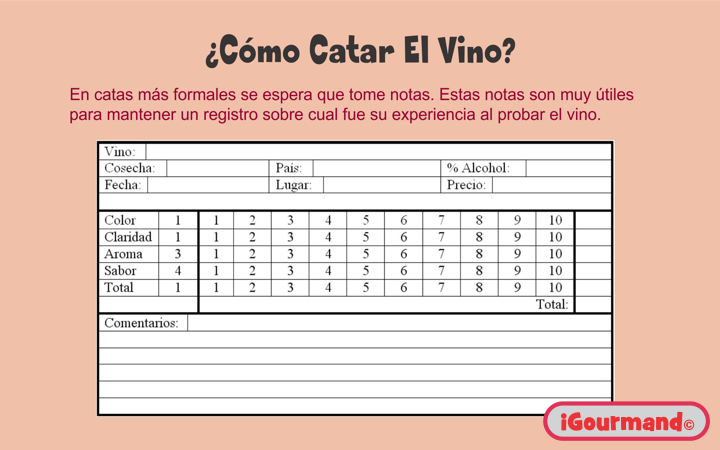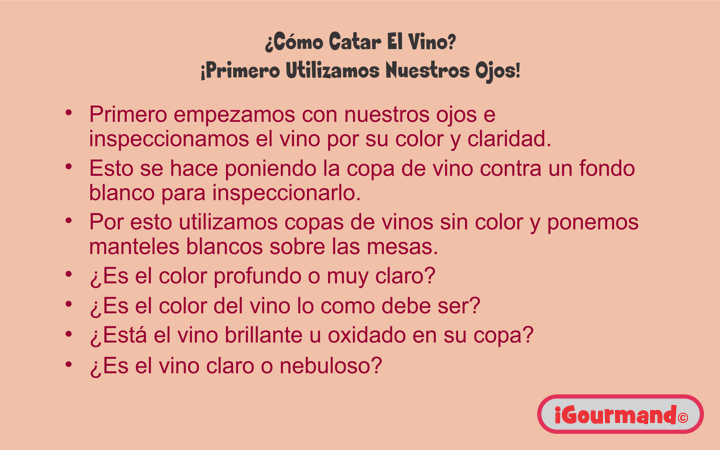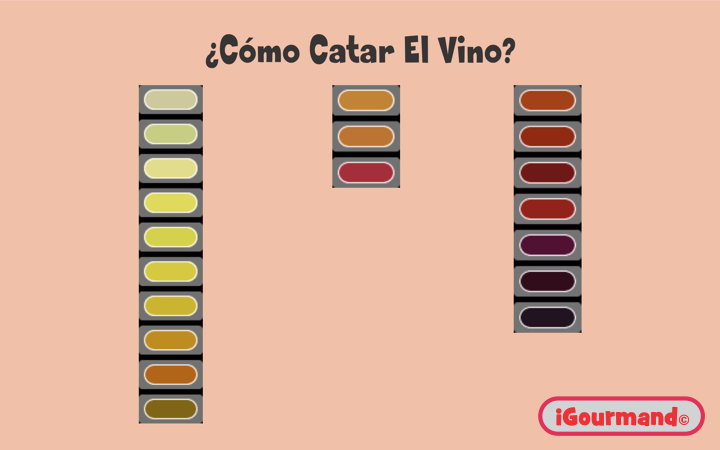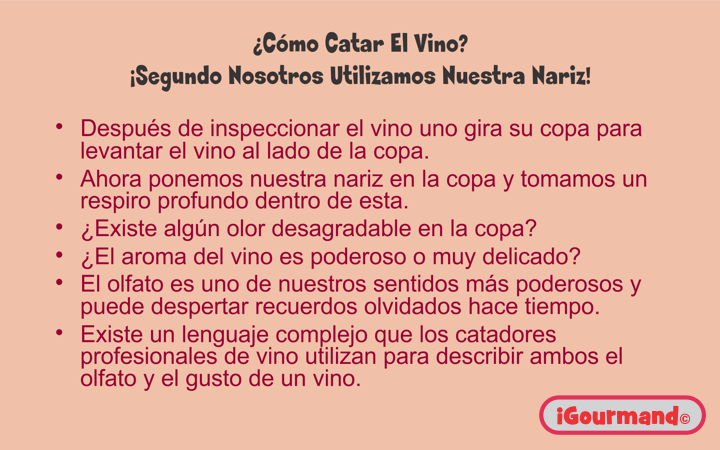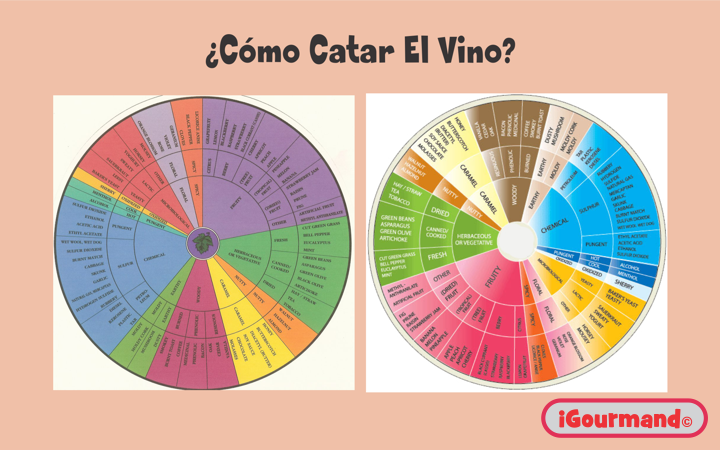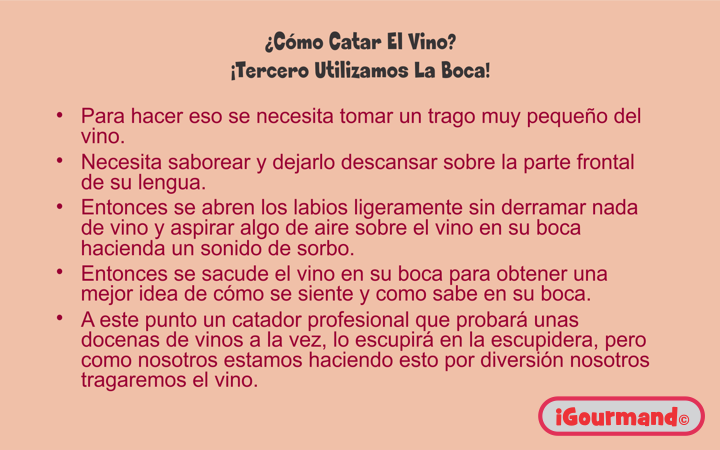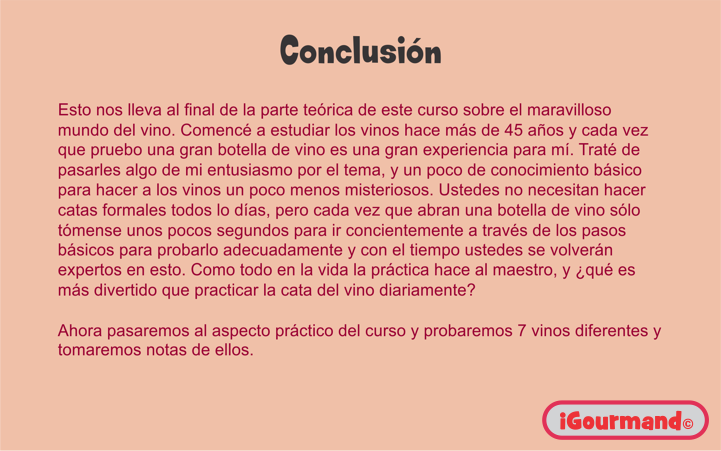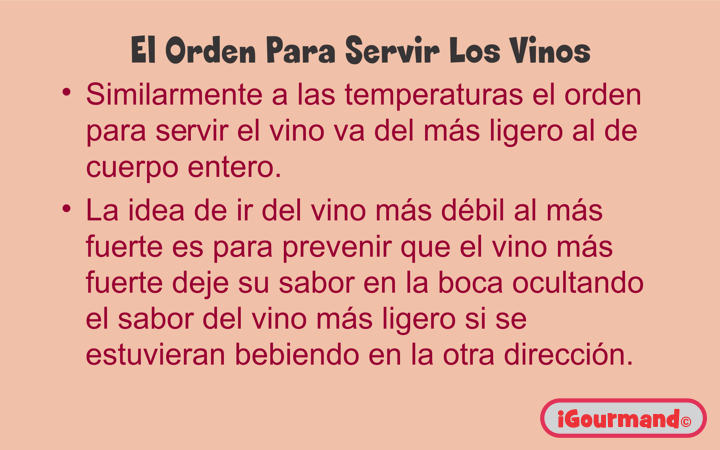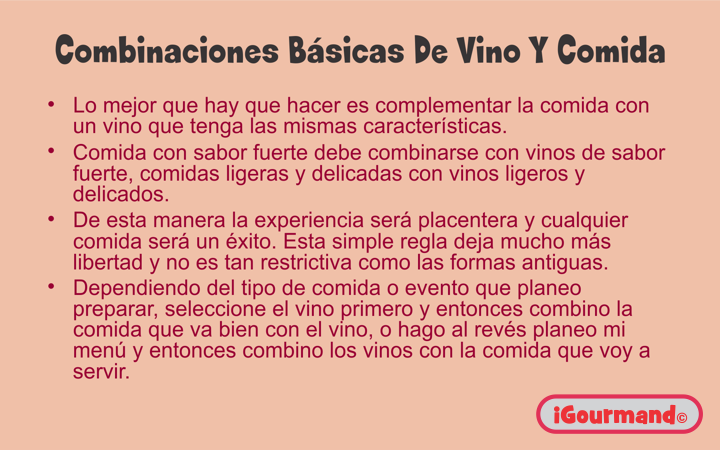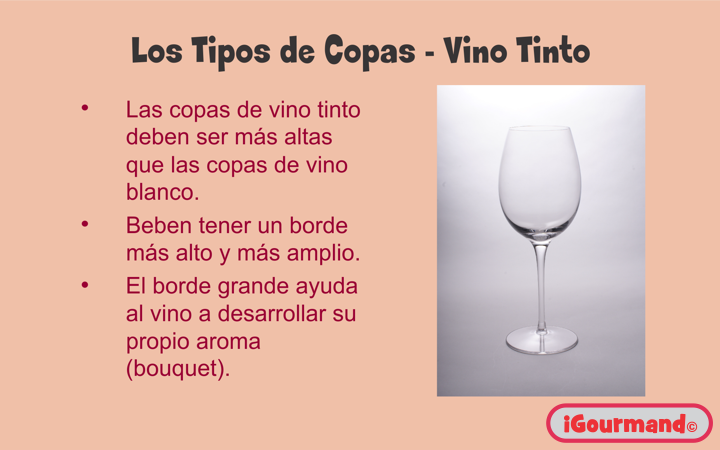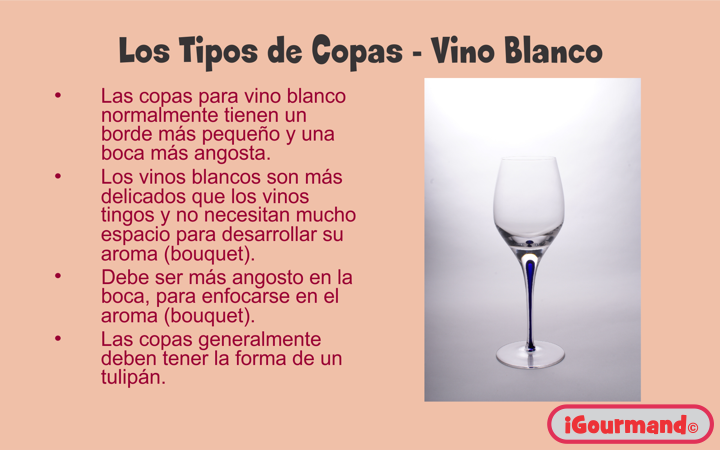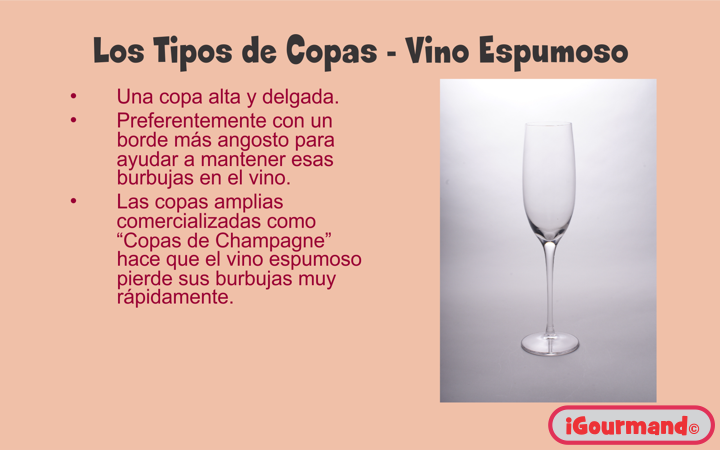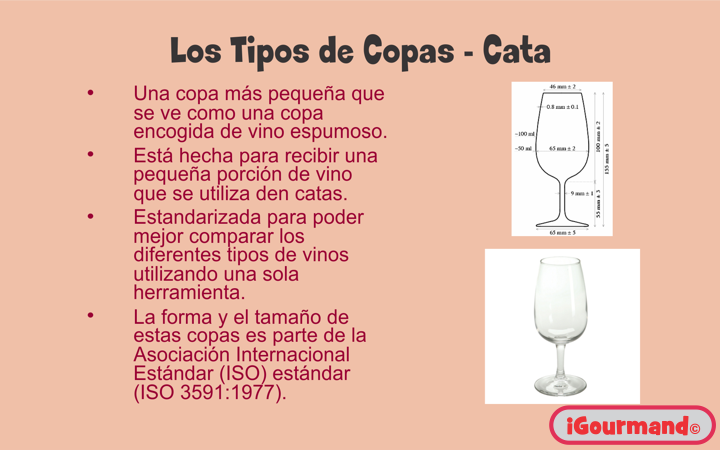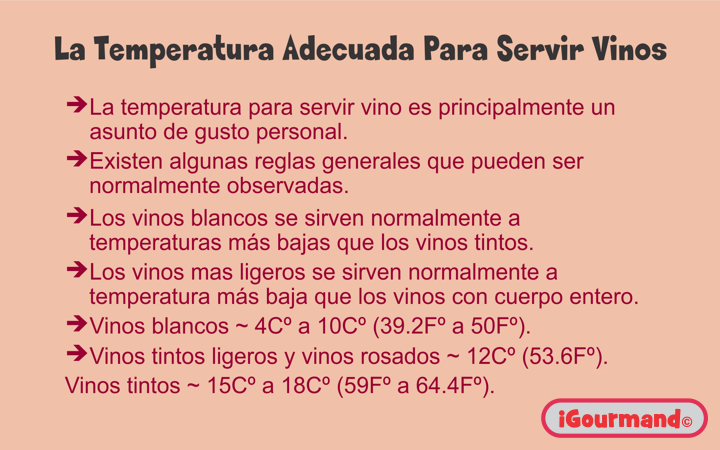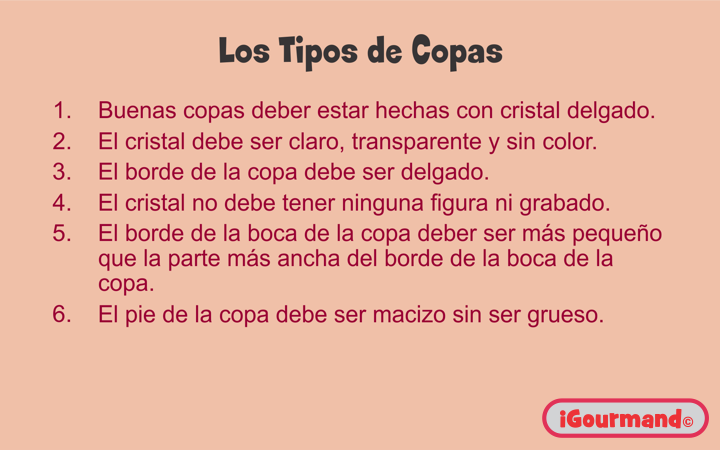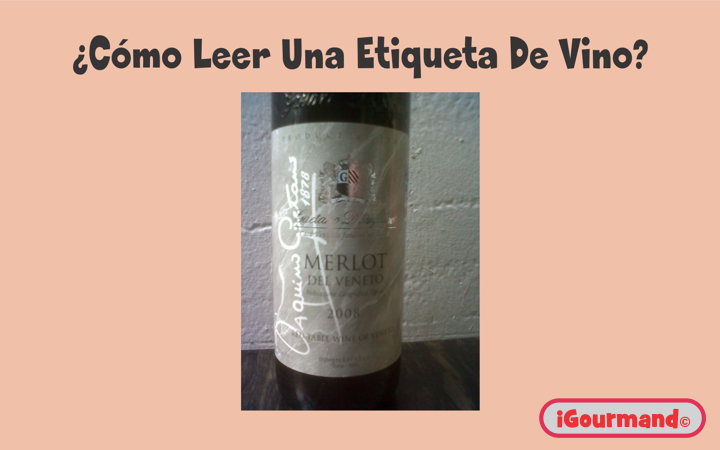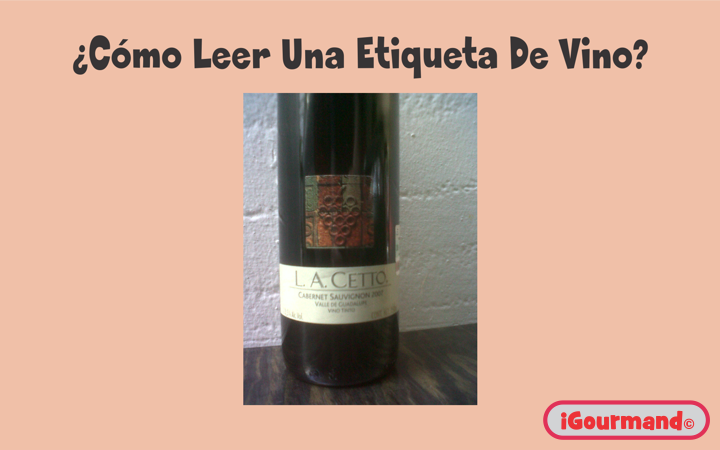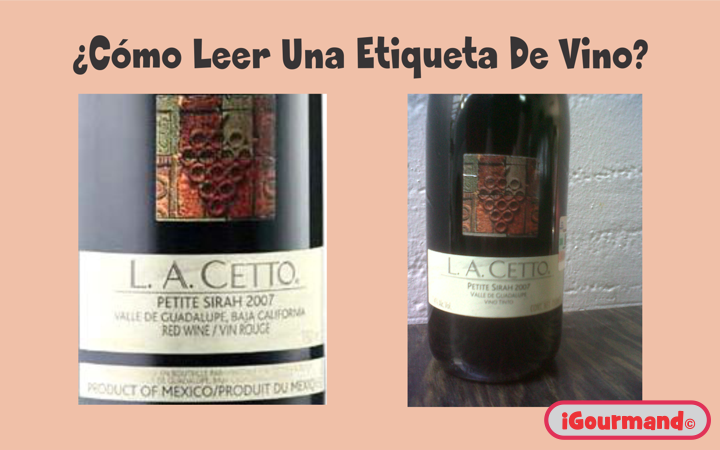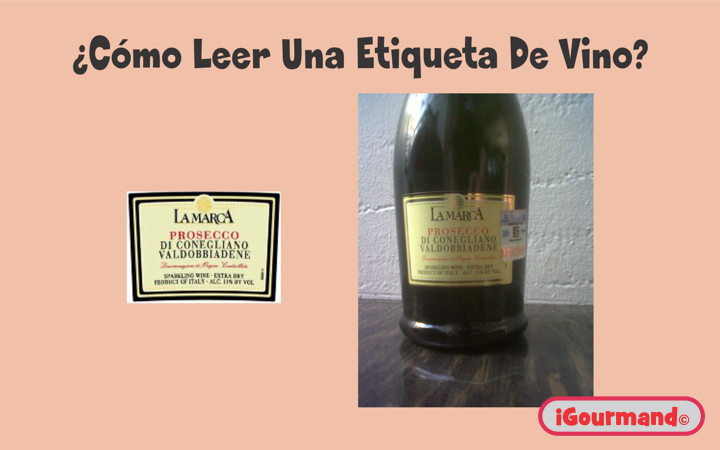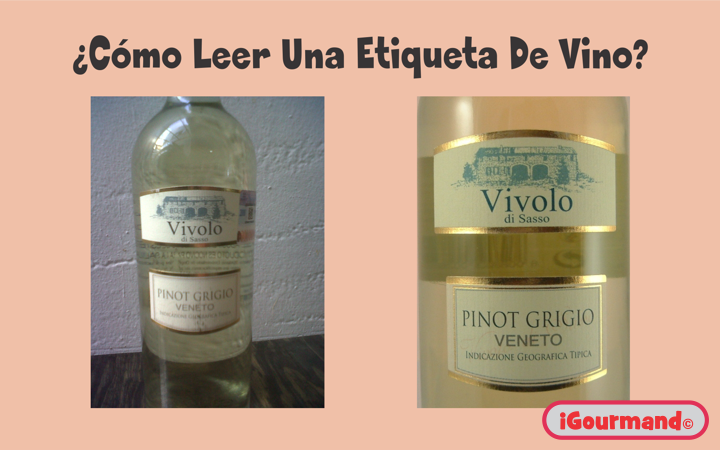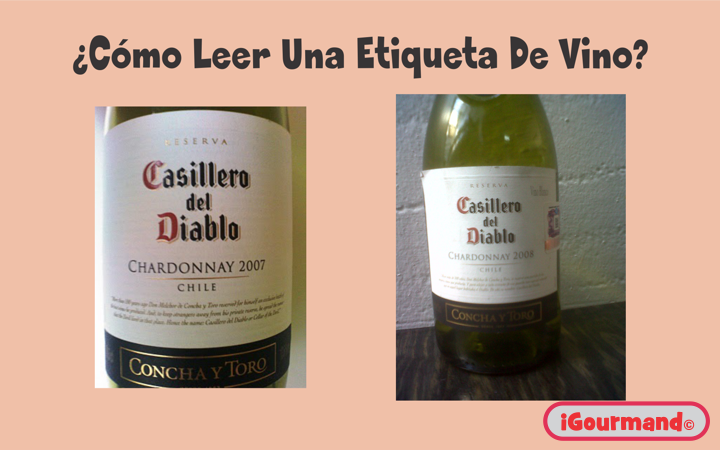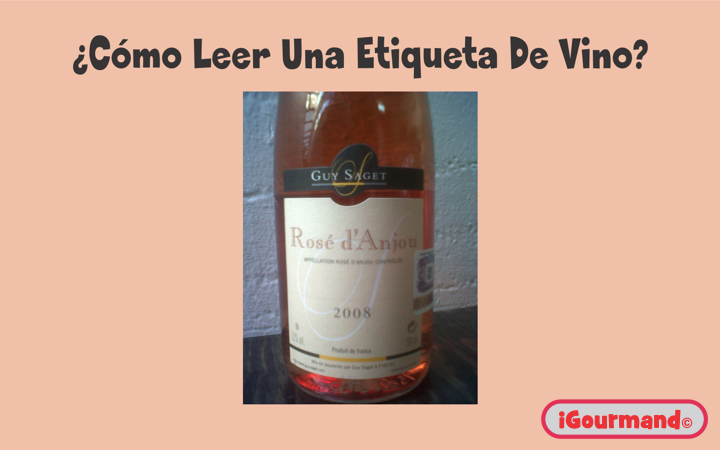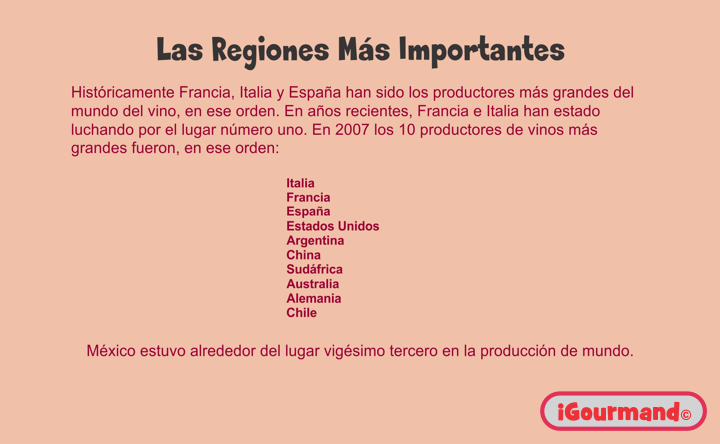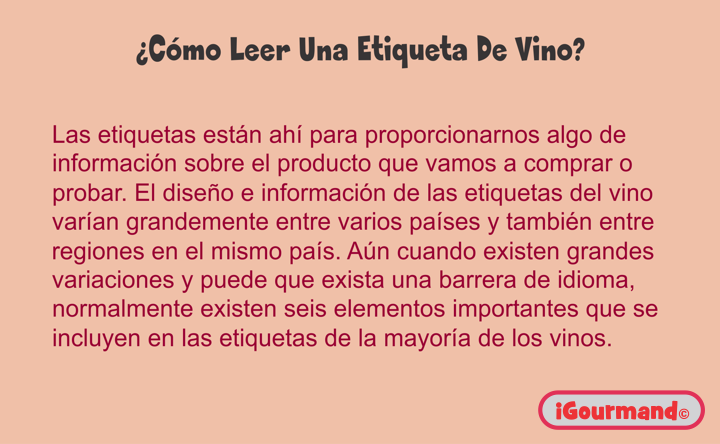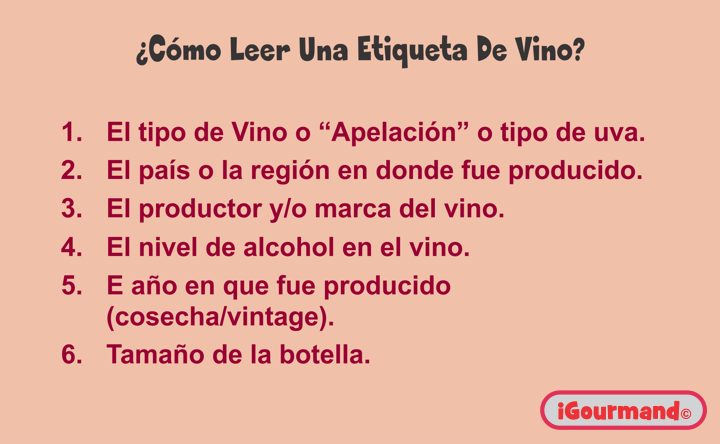Wine
Posts on wine
——
#iGourmand #Lucito #LucPaquin #Food #Restaurant #DiningExperience #Beer #Spirits #Wine #Consultant
——
——
The Dining Experience
I was reading this morning about someone being asked about what was their best restaurant meal in a particular city. It got me thinking as I am not a regular restaurant fiend to start with, as most of the time the food is better at home than in most restaurants, and there is more to the dining experience than the actual food. I have the same problem answering the question ‘What Is My Favorite Food’, as it always depends on my mood at the moment I am asked, how hungry I am, the phase of the moon, and velocity of the wind, and other more esoteric factors.
I have eaten in revered restaurants where the cooking was so good that there is no hope in this lifetime that I will ever be able to attain this perfection in my kitchen, in overrated restaurants living only on their reputation and / or ‘Inness’ factor, in restaurants that serve solid-but-uninspired food, in fast-food joints, in food stalls on the street or in markets where I ended up with food poisoning, and in places that fit anywhere in or out of this spectrum. What makes the dining experience is not the food itself, though it is a major part of it, but it is a combination of food, service, atmosphere, and who you are sharing the meal with.
By nature I tend to stay away from the new ‘Trendy’ places as from past experiences they seem to rely on glitziness, gimmicks, and at times shock food to generate their often undeserved reputations. I know that it is difficult to differentiate yourself from the crowds, but spending millions in decor and nada in the kitchen does not make for a nice restaurant. Also the noise level in a lot of trendy places makes enjoying even the best food in the world very difficult. I also dislike the fact that most of the times you have to reserve a long time ahead to get in. Since most of the time I have no idea what I will be doing in the next hour, let alone in 3 months time, and if I will even be in the mood to go out for that type of food that night. I normally go the reservation route only when I am traveling out of town and I know I will be in need of a restaurant on such and such dates, thus reserving is a no-brainer at those times.
Back to the subject of the dining experience, I have noticed that to have an exceptional experience you need to first have well prepared and presented good food that is pleasant to eat. If for shock value the chef is into weird combinations of food, just for sake of being different, I tend to stay away from their place. The same is for experimental cooking, I am all for experimentation, but if you cannot find focus in a dish you should not serve it to paying clients until you finish playing with the ingredients. I have seen chefs bringing you small serving of dishes they are working on to get feedback, and I am all for that, but I would not build a menu with untried recipes, just as I would not serve untried recipes to guests at home. I have ranted already about dishes that are presented for the ‘Picture’ look, but that are difficult to eat and enjoy, so I will not go there today.
I also tend to stay away from the cult of the ‘Star Chef’. Some of their restaurants are stunning and serve sublime food, but a lot tend to lack in the personal touches. If they are at the head of a culinary empire, chances are that they are not the ones supervising the daily running of their restaurants, and whoever is doing a stellar job at it does not get the recognition they deserve, and normally stays in the background as not to take the stardom from the ‘Star Chef’. It is nice to think about your favorite TV Chef preparing your meal for you in the kitchen, but they are probably at some cocktail party, on the set of their TV show, or on another continent when your visit their restaurants. That does not mean that I have not had exceptional dining experiences in their restaurants…
Now that we have a nicely prepared meal on our plates, we now need good service. The staff should be attentive, and not overbearing. They also should know about the food and the chef’s philosophy. There is nothing more annoying than asking how a dish is prepared, or what an advertised ingredient in a recipe is is, and seeing the staff running to the kitchen to ask. If the menu specifies an ingredient it would be good idea to let the staff know what it is before letting them loose on the public. That is, as long as it does not go to the other extreme and they start pontificating about the type of salt they use, or refuse to bring you salt because the chef does not want you to ruin his dishes with it.
Where was I? A plate of nice food, attentive-but-not-overbearing staff… Next on the list is atmosphere. I tend to prefer a quiet relaxed atmosphere, to a frantic noisy one. That is in my nature, as I abhor noise and hyperactivity. If you have to shout to your dinner companions to get heard, it is does not make for a nice dining experience. I’m not really crazy about church-like atmospheres either, as they make you uncomfortable about having any conversation during the meal. I used to be more tolerant of this in the past, as before I met Normita, I used to travel the world on business alone, and dine in the best places by myself. I could concentrate more on the food, at the detriment of not sharing the experience in those days, but I would not go back to them. Your preference of atmosphere may vary, but you have to be comfortable to enjoy the meal.
Dining companions are important too. I find business meals, especially with new business acquaintances, to be normally strained, as you do not know the people, their tastes, and their ideas. It is a great way to get to know people, and it is one of my prime factors in doing business with anybody. I need to share a nice meal with them so that we can appreciate it together. I tend to stay away from doing business with people who do not share my love of food and wine, and the few times that I have not done so in the past, I paid for it dearly in the long run. Dining with loved ones and close friends is a rewarding experience, and it is one of the nicest things in life.
So, when faced with a question like ‘The Best Restaurant Meal You’ve Ever Had In…’ my answer might disappoint the Trendy Foodies, as the place would most likely not be the latest trendy place or the place to be seen by the proper Foodie crowd. It would likely be a place where I had great food and service, in a relaxed atmosphere, with the people I love. I tend to collect restaurant experiences in my mind as the whole experience, not just the badge of being at the right address. I have been in great restaurants on bad nights, some of my favorite places have also disappointed me at times, and I might have just made the wrong choice on the menu, so the right address is not always the best. The reverse is true and I have had exceptional meals in places where you would expect it the least. With all the ingredients that make a great dining experience put in the equation, the answer might be a big surprise even to you. It is just where you did enjoy yourself the most. What else is there?
Follow Us
Web: https://www.igourmand.com/
Facebook: https://www.facebook.com/neosteam.labs.9/
YouTube: https://www.youtube.com/@thesass2063
Twitter: https://twitter.com/labs_steam
Pinterest: https://www.pinterest.com/NeoSteamLabs/
Instagram: https://www.instagram.com/luc.paquin/
Lucito
——
#iGourmand #Lucito #LucPaquin #Food #Recipe #HorsOeuvre #Aperitif #Consultant
——
——
Hors d’Oeuvre
Hors d’Oeuvre in modern French table service and that of much of the is a dish served before the main course of a meal. Hors d’Oeuvres may be served at the dinner table as a part of the meal, or they may be served before seating, such as at a reception or cocktail party.
Apéritif
An apéritif is an alcoholic beverage usually served before a meal to stimulate the appetite, and is usually dry rather than sweet. Common choices for an apéritif are vermouth; champagne; pastis; gin; ouzo; fino, amontillado or other styles of dry sherry.
Hors d’Oeuvre and Apéritif Lucito
Ingredient
4 tbs Peanuts
4 tbs Cashews
4 tbs Almonds
2 tbs Peanuts Chile
4 tbs Classic Hummus
2 Medium Glass Oak Leaf White Zinfandel
Preparation
1. Ingredients
2. Wine
Follow Us
Curriculum Vitae 2022
J. Luc Paquin 2022 – English & Español
Luc Paquin
Languages Spoken and Written: French, English and Spanish.
Citizenship: Canadian
Luc Paquin
https://www.jlpconsultants.com/luc/
English
https://www.jlpconsultants.com/JLPFoodWineCV2022Mk1a.pdf
Español
https://www.jlpconsultants.com/JLPComidaVinosCVMk2022a.pdf
Web: https://www.igourmand.com/
Web: https://www.jlpconsultants.com/
Facebook: https://www.facebook.com/neosteam.labs.9/
YouTube: https://www.youtube.com/channel/UC5eRjrGn1CqkkGfZy0jxEdA
Twitter: https://twitter.com/labs_steam
Pinterest: https://www.pinterest.com/NeoSteamLabs/
Instagram: https://www.instagram.com/luc.paquin/
Lucito
——
#iGourmand #Lucito #LucPaquin #Food #Recipe #MoulesLucito #Frites #Wine #Consultant
——
——
——
——
Moules et Frites
Moules et frites is a main dish of moules and French fries originating in Belgium. The title of the dish is French with the Dutch name for the dish meaning the same. It is considered the national dish of Belgium.
Although Moules et Frites are popular in many countries, it is thought that the dish originated in Belgium. It is likely that it was originally created by combining moules, a popular and cheap foodstuff eaten around the Flemish coast, and fried potatoes which were commonly eaten around the country in winter when no fish or other food was available. In both Belgium and France, Moules et Frites are available in most restaurants, depending on season.
Moules Lucito
Ingredient
2 pounds moules
2 cups white wine
4 tbs half and half
2 tbs dried chives
2 tbs dried onion
2 tbs dried garlic
1 tbs dried thyme
salt and pepper
Preparation
1. In a wide pot.
2. Add white wine, half and half, chives, onion, garlic, thyme, salt, and pepper.
3. Add bring to a boil over high heat.
4. Add moules, cover, and cook until about 5 minutes.
5. Transfer moules to serving bowls with a spoon.
Follow Us
Curriculum Vitae 2022
J. Luc Paquin 2022 – English & Español
Luc Paquin
Languages Spoken and Written: French, English and Spanish.
Citizenship: Canadian
Luc Paquin
https://www.jlpconsultants.com/luc/
English
https://www.jlpconsultants.com/JLPFoodWineCV2022Mk1a.pdf
Español
https://www.jlpconsultants.com/JLPComidaVinosCVMk2022a.pdf
Web: https://www.igourmand.com/
Web: https://www.jlpconsultants.com/
Facebook: https://www.facebook.com/neosteam.labs.9/
YouTube: https://www.youtube.com/channel/UC5eRjrGn1CqkkGfZy0jxEdA
Twitter: https://twitter.com/labs_steam
Pinterest: https://www.pinterest.com/NeoSteamLabs/
Instagram: https://www.instagram.com/luc.paquin/
Lucito
——
#iGourmand #Lucito #LucPaquin #Vino #Uvas #CursoDeVino #VinoCurso #Curso #Wine #WineCourse #Consultant
——
¿Cómo Catar El Vino?
En catas más formales se espera que tome notas. Estas notas son muy útiles para mantener un registro sobre cual fue su experiencia al probar el vino.
——
——
¿Cómo Catar El Vino?
¡Primero Utilizamos Nuestros Ojos!
- Primero empezamos con nuestros ojos e inspeccionamos el vino por su color y claridad.
- Esto se hace poniendo la copa de vino contra un fondo blanco para inspeccionarlo.
- Por esto utilizamos copas de vinos sin color y ponemos manteles blancos sobre las mesas.
- ¿Es el color profundo o muy claro?
- ¿Es el color del vino lo como debe ser?
- ¿Está el vino brillante u oxidado en su copa?
- ¿Es el vino claro o nebuloso?
——
——
¿Cómo Catar El Vino?
——
——
¿Cómo Catar El Vino?
¡Segundo Nosotros Utilizamos Nuestra Nariz!
- Después de inspeccionar el vino uno gira su copa para levantar el vino al lado de la copa.
- Ahora ponemos nuestra nariz en la copa y tomamos un respiro profundo dentro de esta.
- ¿Existe algún olor desagradable en la copa?
- ¿El aroma del vino es poderoso o muy delicado?
- El olfato es uno de nuestros sentidos más poderosos y puede despertar recuerdos olvidados hace tiempo.
- Existe un lenguaje complejo que los catadores profesionales de vino utilizan para describir ambos el olfato y el gusto de un vino.
——
——
¿Cómo Catar El Vino?
——
——
¿Cómo Catar El Vino?
¡Tercero Utilizamos La Boca!
- Para hacer eso se necesita tomar un trago muy pequeño del vino.
- Necesita saborear y dejarlo descansar sobre la parte frontal de su lengua.
- Entonces se abren los labios ligeramente sin derramar nada de vino y aspirar algo de aire sobre el vino en su boca hacienda un sonido de sorbo. Entonces se sacude el vino en su boca para obtener una mejor idea de cómo se siente y como sabe en su boca.
- A este punto un catador profesional que probará unas docenas de vinos a la vez, lo escupirá en la escupidera, pero como nosotros estamos haciendo esto por diversión nosotros tragaremos el vino.
——
——
Conclusión
Esto nos lleva al final de la parte teórica de este curso sobre el maravilloso mundo del vino. Comencé a estudiar los vinos hace más de 45 años y cada vez que pruebo una gran botella de vino es una gran experiencia para mí. Traté de pasarles algo de mi entusiasmo por el tema, y un poco de conocimiento básico para hacer a los vinos un poco menos misteriosos. Ustedes no necesitan hacer catas formales todos lo días, pero cada vez que abran una botella de vino sólo tómense unos pocos segundos para ir concientemente a través de los pasos básicos para probarlo adecuadamente y con el tiempo ustedes se volverán expertos en esto. Como todo en la vida la práctica hace al maestro, y ¿qué es más divertido que practicar la cata del vino diariamente?
Ahora pasaremos al aspecto práctico del curso y probaremos 7 vinos diferentes y tomaremos notas de ellos.
——
——
Follow Us
Curriculum Vitae 2022
J. Luc Paquin 2022 – English & Español
Luc Paquin
Languages Spoken and Written: French, English and Spanish.
Citizenship: Canadian
Luc Paquin
https://www.jlpconsultants.com/luc/
English
https://www.jlpconsultants.com/JLPFoodWineCV2022Mk1a.pdf
Español
https://www.jlpconsultants.com/JLPComidaVinosCVMk2022a.pdf
Web: https://www.igourmand.com/
Web: https://www.jlpconsultants.com/
Facebook: https://www.facebook.com/neosteam.labs.9/
YouTube: https://www.youtube.com/channel/UC5eRjrGn1CqkkGfZy0jxEdA
Twitter: https://twitter.com/labs_steam
Pinterest: https://www.pinterest.com/NeoSteamLabs/
Instagram: https://www.instagram.com/luc.paquin/
Lucito
——
#iGourmand #Lucito #LucPaquin #Vino #Uvas #CursoDeVino #VinoCurso #Curso #Wine #WineCourse #Consultant
——
El Orden Para Servir Los Vinos
——
——
- Similarmente a las temperaturas el orden para servir el vino va del más ligero al de cuerpo entero.
- La idea de ir del vino más débil al más fuerte es para prevenir que el vino más fuerte deje su sabor en la boca ocultando el sabor del vino más ligero si se estuvieran bebiendo en la otra dirección.
——
Combinaciones Básicas De Vino Y Comida
——
——
- Lo mejor que hay que hacer es complementar la comida con un vino que tenga las mismas características.
- Comida con sabor fuerte debe combinarse con vinos de sabor fuerte, comidas ligeras y delicadas con vinos ligeros y delicados.
- De esta manera la experiencia será placentera y cualquier comida será un éxito. Esta simple regla deja mucho más libertad y no es tan restrictiva como las formas antiguas.
- Dependiendo del tipo de comida o evento que planeo preparar, seleccione el vino primero y entonces combino la comida que va bien con el vino, o hago al revés planeo mi menú y entonces combino los vinos con la comida que voy a servir.
Follow Us
Curriculum Vitae 2022
J. Luc Paquin 2022 – English & Español
Luc Paquin
Languages Spoken and Written: French, English and Spanish.
Citizenship: Canadian
Luc Paquin
https://www.jlpconsultants.com/luc/
English
https://www.jlpconsultants.com/JLPFoodWineCV2022Mk1a.pdf
Español
https://www.jlpconsultants.com/JLPComidaVinosCVMk2022a.pdf
Web: https://www.igourmand.com/
Web: https://www.jlpconsultants.com/
Facebook: https://www.facebook.com/neosteam.labs.9/
YouTube: https://www.youtube.com/channel/UC5eRjrGn1CqkkGfZy0jxEdA
Twitter: https://twitter.com/labs_steam
Pinterest: https://www.pinterest.com/NeoSteamLabs/
Instagram: https://www.instagram.com/luc.paquin/
Lucito
——
#iGourmand #Lucito #LucPaquin #Vino #Uvas #VinoCurso #Curso #Wine #WineCourse #Consultant
——
Los Tipos de Copas – Vino Tinto
——
——
- Las copas de vino tinto deben ser más altas que las copas de vino blanco.
- Beben tener un borde más alto y más amplio.
- El borde grande ayuda al vino a desarrollar su propio aroma (bouquet).
——
Los Tipos de Copas – Vino Blanco
——
——
- Las copas para vino blanco normalmente tienen un borde más pequeño y una boca más angosta.
- Los vinos blancos son más delicados que los vinos tingos y no necesitan mucho espacio para desarrollar su aroma (bouquet).
- Debe ser más angosto en la boca, para enfocarse en el aroma (bouquet).
- Las copas generalmente deben tener la forma de un tulipán.
——
Los Tipos de Copas – Vino Espumoso
——
——
- Una copa alta y delgada.
- Preferentemente con un borde más angosto para ayudar a mantener esas burbujas en el vino.
- Las copas amplias comercializadas como “Copas de Champagne” hace que el vino espumoso pierde sus burbujas muy rápidamente.
——
Los Tipos de Copas – Cata
——
——
- Una copa más pequeña que se ve como una copa encogida de vino espumoso.
- Está hecha para recibir una pequeña porción de vino que se utiliza den catas.
- Estandarizada para poder mejor comparar los diferentes tipos de vinos utilizando una sola herramienta.
- La forma y el tamaño de estas copas es parte de la Asociación Internacional Estándar (ISO) estándar (ISO 3591:1977).
——
Follow Us
Curriculum Vitae 2022
J. Luc Paquin 2022 – English & Español
Luc Paquin
Languages Spoken and Written: French, English and Spanish.
Citizenship: Canadian
Luc Paquin
https://www.jlpconsultants.com/luc/
English
https://www.jlpconsultants.com/JLPFoodWineCV2022Mk1a.pdf
Español
https://www.jlpconsultants.com/JLPComidaVinosCVMk2022a.pdf
Web: https://www.igourmand.com/
Web: https://www.jlpconsultants.com/
Facebook: https://www.facebook.com/neosteam.labs.9/
YouTube: https://www.youtube.com/channel/UC5eRjrGn1CqkkGfZy0jxEdA
Twitter: https://twitter.com/labs_steam
Pinterest: https://www.pinterest.com/NeoSteamLabs/
Instagram: https://www.instagram.com/luc.paquin/
Lucito
——
#iGourmand #Lucito #LucPaquin #Vino #Uvas #VinoCurso #Curso #Wine #WineCourse #Consultant
——
La Temperatura Adecuada Para Servir Vino
——
——
- La temperatura para servir vino es principalmente un asunto de gusto personal.
- Existen algunas reglas generales que pueden ser normalmente observadas.
- Los vinos blancos se sirven normalmente a temperaturas más bajas que los vinos tintos.
- Los vinos mas ligeros se sirven normalmente a temperatura más baja que los vinos con cuerpo entero.
- Vinos blancos ~ 4Cº a 10Cº (39.2Fº a 50Fº).
- Vinos tintos ligeros y vinos rosados ~ 12Cº (53.6Fº).
- Vinos tintos ~ 15Cº a 18Cº (59Fº a 64.4Fº).
——
Los Tipos de Copas
——
——
- Buenas copas deber estar hechas con cristal delgado.
- El cristal debe ser claro, transparente y sin color.
- El borde de la copa debe ser delgado.
- El cristal no debe tener ninguna figura ni grabado.
- El borde de la boca de la copa deber ser más pequeño que la parte más ancha del borde de la boca de la copa.
- El pie de la copa debe ser macizo sin ser grueso.
——
Follow Us
Curriculum Vitae 2022
J. Luc Paquin 2022 – English & Español
Luc Paquin
Languages Spoken and Written: French, English and Spanish.
Citizenship: Canadian
Luc Paquin
https://www.jlpconsultants.com/luc/
English
https://www.jlpconsultants.com/JLPFoodWineCV2022Mk1a.pdf
Español
https://www.jlpconsultants.com/JLPComidaVinosCVMk2022a.pdf
Web: https://www.igourmand.com/
Web: https://www.jlpconsultants.com/
Facebook: https://www.facebook.com/neosteam.labs.9/
YouTube: https://www.youtube.com/channel/UC5eRjrGn1CqkkGfZy0jxEdA
Twitter: https://twitter.com/labs_steam
Pinterest: https://www.pinterest.com/NeoSteamLabs/
Instagram: https://www.instagram.com/luc.paquin/
Lucito
——
#iGourmand #Lucito #LucPaquin #Vino #Uvas #VinoCurso #Curso #Wine #WineCourse #Consultant
——
¿Cómo Leer Una Etiqueta De Vino?
——
——
¿Cómo Leer Una Etiqueta De Vino?
——
——
¿Cómo Leer Una Etiqueta De Vino?
——
——
Follow Us
Curriculum Vitae 2022
J. Luc Paquin 2022 – English & Español
Luc Paquin
Languages Spoken and Written: French, English and Spanish.
Citizenship: Canadian
Luc Paquin
https://www.jlpconsultants.com/luc/
English
https://www.jlpconsultants.com/JLPFoodWineCV2022Mk1a.pdf
Español
https://www.jlpconsultants.com/JLPComidaVinosCVMk2022a.pdf
Web: https://www.igourmand.com/
Web: https://www.jlpconsultants.com/
Facebook: https://www.facebook.com/neosteam.labs.9/
YouTube: https://www.youtube.com/channel/UC5eRjrGn1CqkkGfZy0jxEdA
Twitter: https://twitter.com/labs_steam
Pinterest: https://www.pinterest.com/NeoSteamLabs/
Instagram: https://www.instagram.com/luc.paquin/
Lucito
——
#iGourmand #Lucito #LucPaquin #Vino #Uvas #VinoCurso #Curso #Wine #WineCourse #Consultant
——
¿Cómo Leer Una Etiqueta De Vino?
——
——
¿Cómo Leer Una Etiqueta De Vino?
——
——
¿Cómo Leer Una Etiqueta De Vino?
——
——
¿Cómo Leer Una Etiqueta De Vino?
——
——
Follow Us
Curriculum Vitae 2022
J. Luc Paquin 2022 – English & Español
Luc Paquin
Languages Spoken and Written: French, English and Spanish.
Citizenship: Canadian
Luc Paquin
https://www.jlpconsultants.com/luc/
English
https://www.jlpconsultants.com/JLPFoodWineCV2022Mk1a.pdf
Español
https://www.jlpconsultants.com/JLPComidaVinosCVMk2022a.pdf
Web: https://www.igourmand.com/
Web: https://www.jlpconsultants.com/
Facebook: https://www.facebook.com/neosteam.labs.9/
YouTube: https://www.youtube.com/channel/UC5eRjrGn1CqkkGfZy0jxEdA
Twitter: https://twitter.com/labs_steam
Pinterest: https://www.pinterest.com/NeoSteamLabs/
Instagram: https://www.instagram.com/luc.paquin/
Lucito
——
#iGourmand #Lucito #LucPaquin #Vino #Uvas #VinoCurso #Curso #Wine #WineCourse #Consultant
——
Las Regiones Más Importantes
——
——
Históricamente Francia, Italia y España han sido los productores más grandes del mundo del vino, en ese orden. En años recientes, Francia e Italia han estado luchando por el lugar número uno. En 2007 los 10 productores de vinos más grandes fueron, en ese orden:
- Italia
- Francia
- España
- Estados Unidos
- Argentina
- China
- Sudáfrica
- Australia
- Alemania
- Chile
México estuvo alrededor del lugar vigésimo tercero en la producción de mundo.
——
¿Cómo Leer Una Etiqueta De Vino?
——
——
Las etiquetas están ahí para proporcionarnos algo de información sobre el producto que vamos a comprar o probar. El diseño e información de las etiquetas del vino varían grandemente entre varios países y también entre regiones en el mismo país. Aún cuando existen grandes variaciones y puede que exista una barrera de idioma, normalmente existen seis elementos importantes que se incluyen en las etiquetas de la mayoría de los vinos.
——
¿Cómo Leer Una Etiqueta De Vino?
——
——
- El tipo de Vino o “Apelación” o tipo de uva.
- El país o la región en donde fue producido.
- El productor y/o marca del vino.
- El nivel de alcohol en el vino.
- E año en que fue producido (cosecha/vintage).
- Tamaño de la botella.
——
Follow Us
Curriculum Vitae 2022
J. Luc Paquin 2022 – English & Español
Luc Paquin
Languages Spoken and Written: French, English and Spanish.
Citizenship: Canadian
Luc Paquin
https://www.jlpconsultants.com/luc/
English
https://www.jlpconsultants.com/JLPFoodWineCV2022Mk1a.pdf
Español
https://www.jlpconsultants.com/JLPComidaVinosCVMk2022a.pdf
Web: https://www.igourmand.com/
Web: https://www.jlpconsultants.com/
Facebook: https://www.facebook.com/neosteam.labs.9/
YouTube: https://www.youtube.com/channel/UC5eRjrGn1CqkkGfZy0jxEdA
Twitter: https://twitter.com/labs_steam
Pinterest: https://www.pinterest.com/NeoSteamLabs/
Instagram: https://www.instagram.com/luc.paquin/
Lucito
